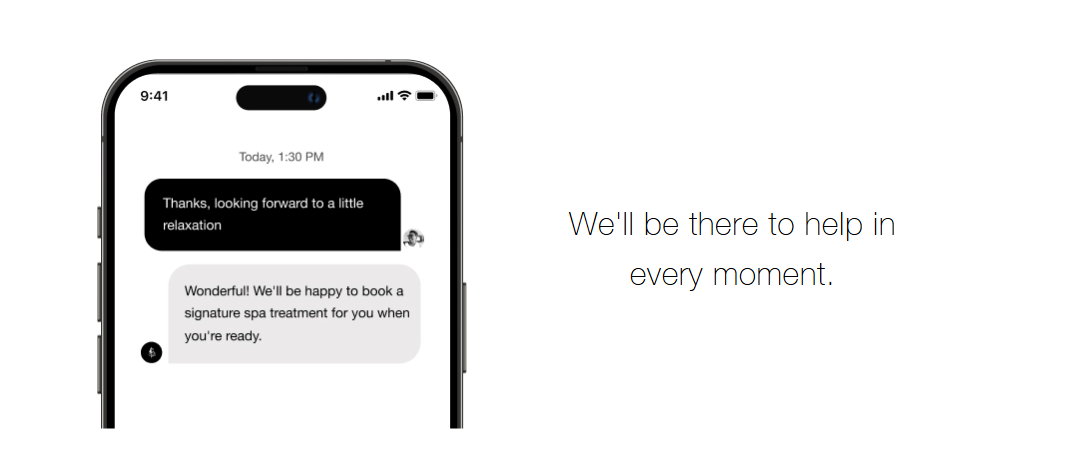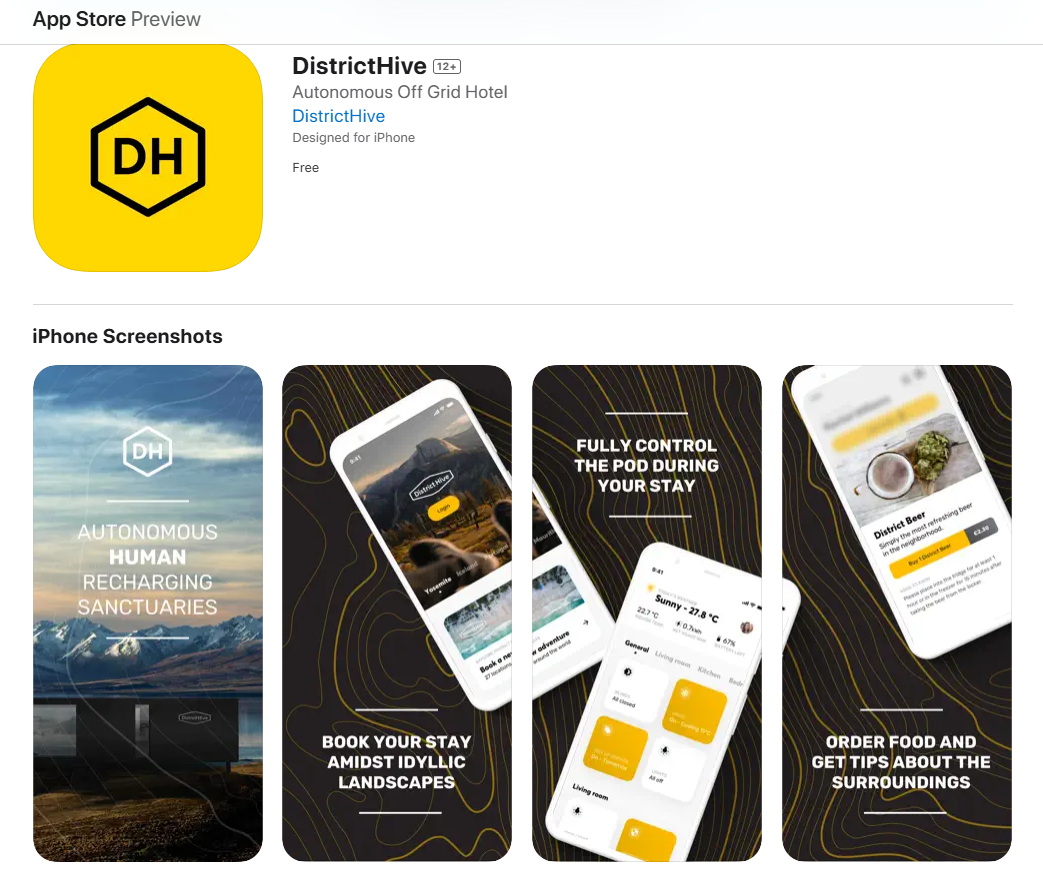5 successful hospitality product launch examples

.png)

.png)
Rolling out new technology in the hospitality industry isn’t just about flipping the switch—it’s about helping guests and staff adapt confidently. Whether it’s a smart room upgrade, AI-powered concierge, or a mobile app feature, a successful launch means delivering value without disruption.
In this post, we highlight five real-world product launches from hotels and lodging innovators that show how thoughtful planning, guest-friendly onboarding, and ongoing feedback can elevate adoption and guest satisfaction.
In hospitality, new tech isn’t just a feature update—it’s a service shift. A connected room experience, mobile concierge, or off-grid pod stay has the potential to elevate service—or create confusion if not introduced well.
Unfortunately, many launches fall short. A rushed roll-out, minimal staff training, or unclear guest instructions can leave users frustrated, reduce feature adoption, or even hurt your brand’s reputation.
A strong hospitality launch isn’t about bells and whistles. It’s about clarity, timing, and a guest-first approach that helps people—whether they’re staff or travelers—feel confident using the new service from day one.
Effective hospitality product rollouts share several key traits:
In other words, a launch isn’t just a one-time event—it’s an ongoing conversation.
What launched: An integrated guest app extending in-room iPad services to personal devices.
Launch strategy:
Result: Over 50,000 guest interactions in the first week. Guests felt empowered, not overwhelmed.
Key takeaway: Blend digital convenience with human hospitality. A well-trained team is your best tech ambassador.

What launched: Zoom-enabled meeting rooms integrated with guest services for hybrid business travel.
Launch strategy:
Result: Business travelers enjoyed seamless, hassle-free meetings from their rooms.
Key takeaway: Embed tech into the guest’s daily goals. If it saves time or effort, adoption will follow.
What launched: A fully autonomous, eco-friendly capsule hotel in a remote Spanish desert.
Launch strategy:
Result: Strong buzz and high guest satisfaction from experience-seeking travelers.
Key takeaway: Launches that feel like adventures stand out. Use your uniqueness as the headline.

What launched: Hilton’s “Connected Room” allows guests to personalize lights, temperature, and TV using their mobile device.
Launch strategy:
Result: Higher guest engagement, better energy efficiency, and improved brand perception.
Key takeaway: The best tech solves daily annoyances. Frame your launch around real guest pain points.
What launched: A single‑property pilot of a voice‑activated assistant from Josh.ai in a Kimpton Rowan guest room for controlling room features and accessing concierge-style responses.
Launch strategy: A privacy-first, single‑location pilot to explore natural language voice automation.
Result: Public sources did not provide guest experience metrics or operational data.
Key takeaway: Pilots enable brands to test emerging AI concierge tech in real-world settings before scaling.
Launching is just the beginning. Your follow-up plan determines whether people keep using the feature or forget it exists.
Here’s how to keep momentum:
Hospitality KPIs to Measure Post-Launch Success
Support Ongoing Usage and Value
This Notion template brings order to the controlled chaos of product launches by centralizing all critical details into one place. With streamlined access to information, teams communicate better and execute product launches more effectively together.
This template was a labor of love I worked on for many years to get it right. Here's a peak at what's inside—but I've got an entire video walkthrough that explains exactly how to use it here.

As you're going through the Notion template, keep these product launch steps in mind.
Launching your product is just the beginning. To truly succeed, it's essential to continuously measure and adapt. Data is your compass here, guiding you through the user behaviors and preferences that shape your product's journey. Understanding what features your users love, what they ignore, and what they're craving next is crucial. It’s not just about making a splash—it’s about sustaining the momentum.
A successful product launch in hospitality doesn’t just teach people how to use something—it shows them why it matters.
By meeting guests and staff where they are, reducing complexity, and keeping the focus on ease and benefit, your rollout becomes more than a checklist item—it becomes a guest story worth sharing.